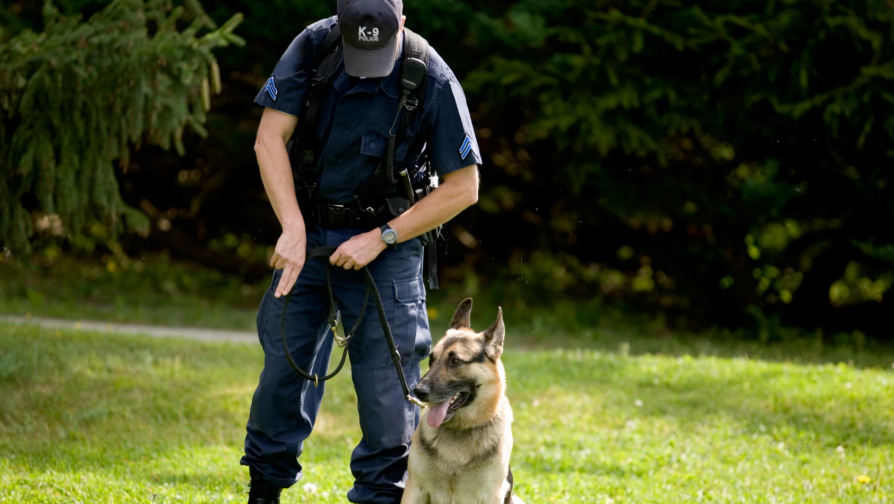How Police Dog Training Prepares K9s for Real-World Emergencies
In law enforcement, highly skilled K9s play a crucial role in ensuring public safety. These dogs are not just companions; they are trained partners capable of handling dangerous and unpredictable scenarios. Through police dog training, K9s learn to respond with precision, discipline, and confidence in real-world emergencies. Their preparation covers everything from obedience to advanced tactical operations, making them indispensable in situations where speed and accuracy are essential.
Building a Foundation of Obedience
The first stage of any program focuses on obedience, which creates the foundation for advanced skills. Dogs are trained to follow commands without hesitation, no matter the distraction or environment. This level of discipline ensures that handlers maintain complete control, even in high-pressure situations.
Handlers emphasize consistency and clarity in communication, allowing dogs to react appropriately during tense encounters. This groundwork is essential for later stages, where reliability could mean the difference between success and failure in the field.
See also: Bauhaus-Inspired DIY: 5 Minimalist Home Upgrades You Can Do in a Weekend
Specialized Skills for Real-World Demands
Beyond obedience, police K9s are trained in specialized skills tailored to law enforcement needs. This includes tracking suspects, detecting narcotics or explosives, and protecting their handlers. Each of these skills is taught through repetition, positive reinforcement, and carefully designed scenarios that mimic real-world threats.
Breed selection plays an important role in this process. The Belgian Malinois as a police dog is a prime example of why certain breeds excel in law enforcement. With unmatched energy, intelligence, and agility, the Malinois thrives in fast-paced situations where precision and stamina are required. Trainers harness these natural qualities to build dependable K9s capable of meeting demanding operational needs.
Preparing for High-Stress Environments
K9 units are regularly exposed to simulated emergency conditions to test their readiness. Loud noises, chaotic environments, and physical obstacles are introduced to ensure dogs remain calm and effective under stress. These experiences build resilience and sharpen their ability to make split-second decisions in collaboration with their handlers.
This conditioning ensures that when emergencies occur, whether a building search, riot response, or disaster recovery, the dogs are already familiar with the intensity of the environment. Their ability to perform in high-stress scenarios is a direct result of the rigorous preparation they undergo.
The Human-Dog Partnership
Training is not solely about the dogs; it is equally about strengthening the bond between K9s and their handlers. Effective communication, trust, and mutual respect are at the core of every successful team. Handlers learn to interpret subtle cues from their dogs, while dogs are trained to prioritize the safety and direction of their handlers.
This partnership is what transforms a well-trained K9 into an indispensable asset for law enforcement. Together, they form a cohesive unit that can respond with confidence to emergencies where lives may be at risk.
Conclusion
Police dog training goes far beyond teaching commands. It develops discipline, builds specialized skills, and conditions K9s to excel under extreme pressure. With breeds like the Belgian Malinois leading the way, these dogs continue to prove their value as trusted partners in safeguarding communities. Their preparation ensures that when emergencies arise, they are ready to act with precision and courage.
